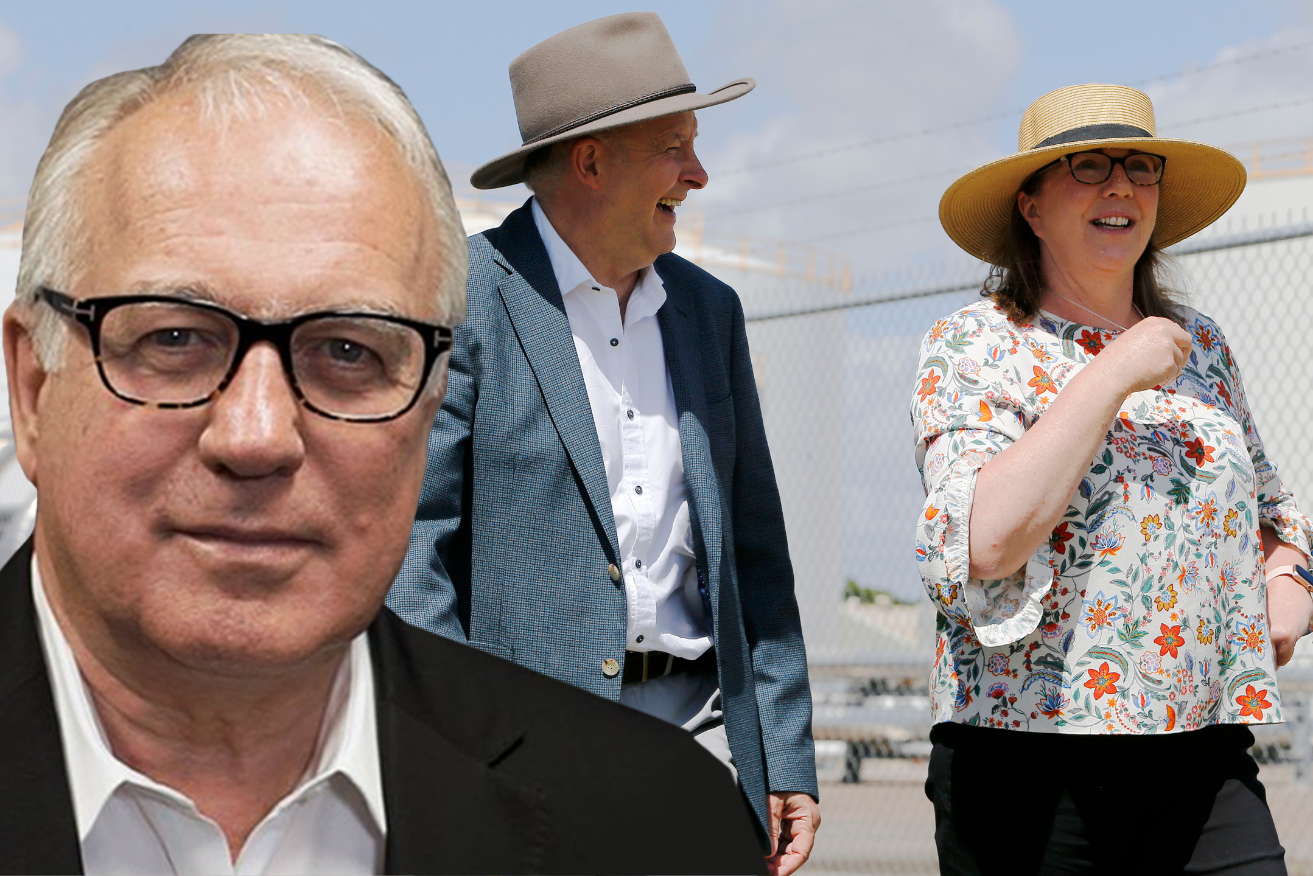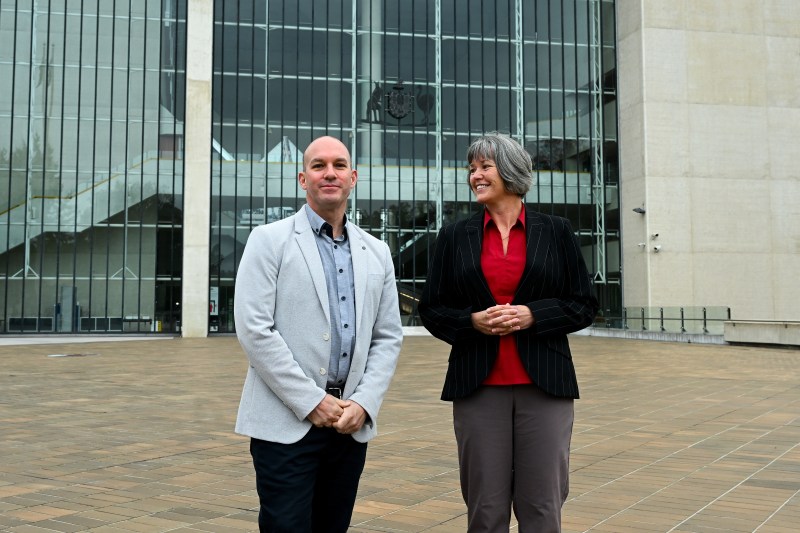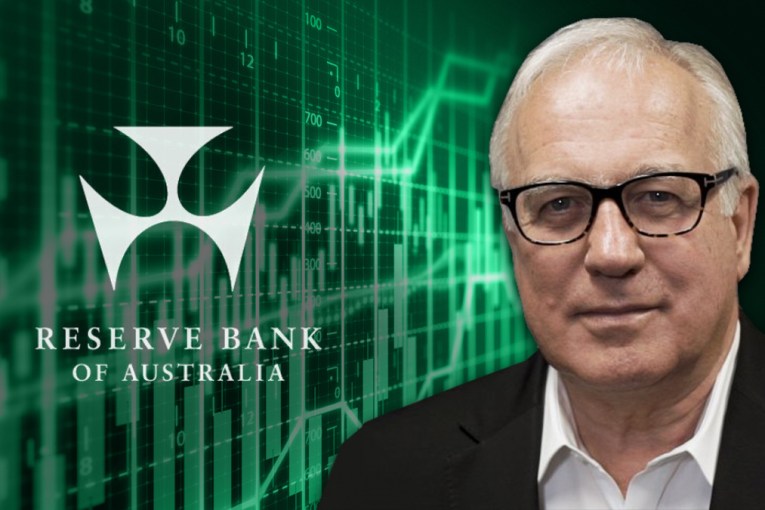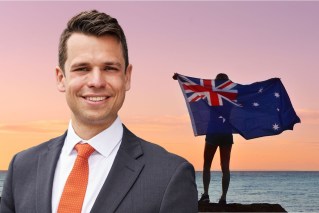Alan Kohler: How states are being screwed by the High Court and federal government


Anthony Albanese and Catherine King are making life hard for the states, writes Alan Kohler. Photo: TND/AAP
We are in the midst of the biggest shift in federal-state financial relations since the Feds took over income taxes in 1942, at the same time as the nation is hit by the biggest infrastructure crunch in decades.
There is either going to be a new wave of state government privatisations, or a big increase and widening in tolls, or both.
It comes from a combination of last month’s High Court decision overturning Victoria’s electric vehicle road user charge and Transport Minister Catherine King’s speech on infrastructure this week.
She announced that funding for infrastructure would now be 50/50 with the states, no more 80/20 or 100 per cent Commonwealth funding.
Meanwhile, the High Court has dramatically reduced the taxing power of the states by widening the definition of an excise duty – which they are not allowed to impose – in knocking off the Victoria plan to impose a road user tax on EVs.
Victoria’s plan was pilloried as undercutting the energy transition required to reduce carbon dioxide emissions, but it was challenged in the High Court on constitutional grounds – that the tax was an excise, from which the states are excluded by the Constitution.
The plaintiffs, Vanderstock et al. vs Victoria, won: essentially the court overruled the Barwick court’s decision in a 1974 case called Dickenson’s Arcade that allowed the states to impose consumption taxes by ruling that a tobacco licence fee was not an excise.
The majority decision in Vanderstock, including Chief Justice Kiefel, concluded that the 1974 decision was an “anomalous and unsustainable exception to the understanding of the scope and operation of s 90 of the Constitution”.
A much broader definition
The Kiefel court has now declared that a prohibited state excise is any tax related to the production or manufacture, sale, distribution, or consumption of goods that could affect its manufacture or production.
As Justice Steward said in his dissenting judgement: It would “render the States and Territories … fiscal minions of the Commonwealth.”

Electric vehicle drivers Chris Vanderstock (left) and Kath Davies are seen outside the High Court after the EV tax ruling. Photo: AAP
And another dissenter, Justice Edelman, said: “The subsequent consequences will be further and significant deterioration of the vertical imbalance in the fiscal structure of the Australian federation, as well as the threat to the federation itself.”
Whether or not that was judicial hyperbole, the majority judgment puts a question mark over many other state taxes, including stamp duties and even gambling taxes. The states are now waiting for High Court challenges in some trepidation.
The two plaintiffs challenging the EV road user charge, Chris Vanderstock and Kath Davies, were supported in the case by the Commonwealth, so it’s fair to say the Albanese government must be quite happy about turning the states into its fiscal minions.
And then this week, Catherine King tightened the screws: “We are … reshaping how we fund (infrastructure) projects,” she declared. “The 100 per cent Commonwealth funded, or 80/20 per cent funding split is no longer the default – we are returning to a preference of 50/50 with the states and territories, so both levels of government carry an equal share of both the benefits and the risks.”
Victoria’s red ink
The problem is that Victoria is more or less completely broke and others apart from WA are in various states of penury.
They made grand infrastructure promises when interest rates were close to zero and before a pandemic that required the spending of billions of dollars propping up economies that were being locked down, so they can no longer pay for those promises. And now the Commonwealth has snapped its purse shut while the High Court has dramatically narrowed their taxing base.
The only way most states will be able to meet their half of infrastructure projects will be to sell their remaining assets – and there aren’t many of them – or attract private capital with hefty tolls, probably both.
But a lot more infrastructure is clearly going to be needed because of the big surge in immigration that’s going on at the moment – instigated, of course, by the Commonwealth, even as it screws the states financially.
Meanwhile super funds are saying they’re not interested in infrastructure for a while because they are now “overweight” (stuffed to the eyeballs) with it and in any case the rise in long term interest rates has increased the returns they require.
With Australian government bonds now paying 4.5 per cent risk-free, state governments will need to offer returns of more than 8-12 per cent per annum to attract super fund money into risky infrastructure, and that means high tolls and charges to service the capital.
Separately, both the International Monetary Fund and the Reserve Bank have advised Australia to cut back the infrastructure spending because it’s adding to inflation – the spending on engineering projects is driving up wages and the prices of materials.
In her speech this week, Catherine King revealed that a review of the Infrastructure Investment Pipeline had found $33 billion in cost blowouts, $14.2 billion of which was for projects that hadn’t even started.
She said: “… without making significant immediate changes to program settings, the Australian government cannot afford to meet identified cost pressures, nor add any new projects to the pipeline in the next ten years.”
Infrastructure schemes in jeopardy
She issued an ‘Infrastructure Policy Statement’ and is in the process of restructuring and redirecting Infrastructure Australia in response to a review of its last year, but it will all be a bit academic if there’s no money to pay for any infrastructure.
In some ways, the situation is a case of ‘long COVID’: budgets were wiped out in the pandemic, but now there is high inflation driving up interest rates as well as shortages of labour and materials driving up the cost of infrastructure.
Inflation can only be dealt with by reducing demand, including of infrastructure, which looks like happening.
But the massive increase in immigration means that more infrastructure must be built, and quickly, or else the place will grind to a halt, yet it can’t be paid for and it’s helping to drive up inflation.
And in the middle of all this the federal government supported a High Court challenge that potentially destroys the taxing power of the states.
Something is going to break.
Alan Kohler writes twice a week for The New Daily. He is finance presenter on the ABC News and also writes for Intelligent Investor.








